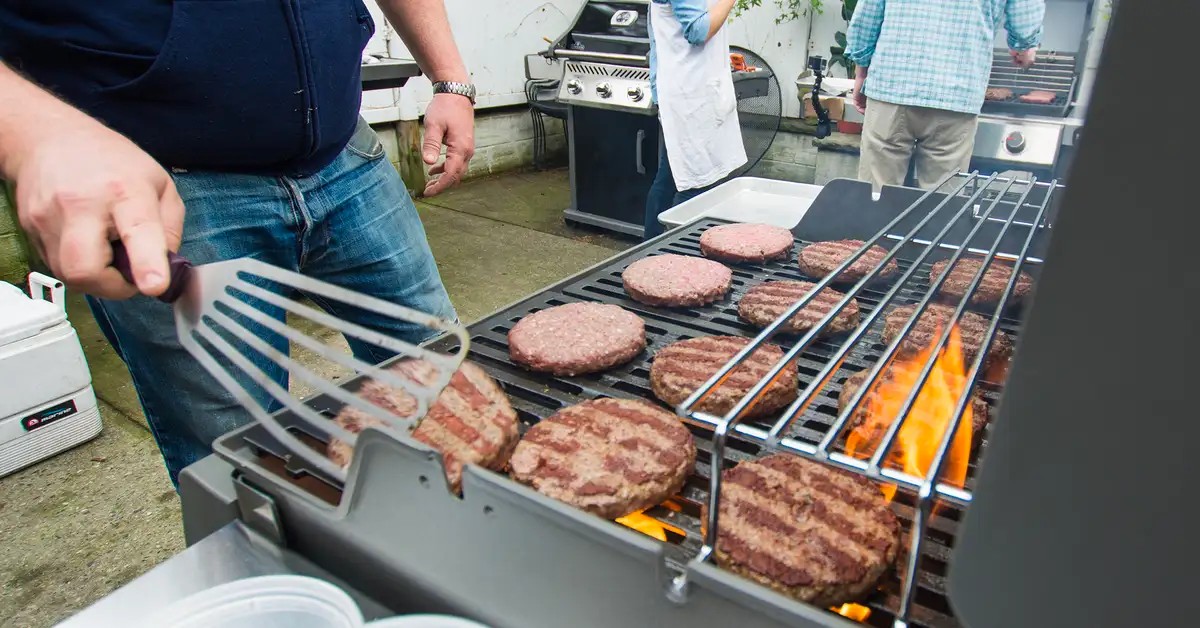Learn more about the different types of grills and how they compare to one another. We are all aware that there are many choices for both heating and fuelling a barbecue. There are advantages and disadvantages to using each of these fuels; for instance, the usage of some of them may alter the flavour of the food you prepare, while others will not. In this article, we will examine in further detail three distinct types of grills, each of which uses a different fuel source.
Charcoal barbecues
Charcoal grills have long been a favourite among people who cook outside for a number of reasons. Charcoal’s smoky, powerful flavour is much sought after, and it’s easy to utilise on a grill.
To a certain extent, the operation of each given charcoal grill may be reduced to a few core principles. The air intake is manually adjusted, since it is located lower on the grill. The charcoal is heated in a manner similar to that of a wood-burning stove by air that enters the grill and exits via an additional vent at the top of the grill. If the grill is built such that more air can enter and exit at once, it will heat up faster. Choosing the outdoor living store is important here.
Once the temperature settles into the range you want to cook in, it will normally stay there for the duration of the cooking procedure, assuming there is enough charcoal to keep the fire going. Having control over the airflow in and out is useful for this reason.
Cooking for a longer period of time, which is necessary to break down tougher slices of meat into tender flesh with extraordinarily noticeable flavours, is facilitated by this.
Cooking Over Charcoal Grills
The kettle grill is one of the most well-known types of charcoal barbecues. They have a spherical base, a tight cover that can be removed, a stand, and grill grates; that’s pretty much all. The charcoal is put on a small, slightly elevated grate at the bottom of the grill, allowing ash and other debris to flow away from the heat source. This also helps in maintaining a consistent airflow across the coals.
One of the main benefits of owning this grill is that it can be taken anywhere. Typically made of metal, kettle grills are portable and easy to move around. They come in a range of sizes, but even the largest ones are portable, and their use often calls for less charcoal.
Kamado barbecues
Kamado grills, often called ceramic smokers or “egg grills,” have become wildly popular over the last decade as a sophisticated alternative to the standard charcoal barbeque. Although both kettle and kamado grills employ similar working principles, there are a few significant differences between the two.
Some individuals see resemblances between the kamado grill’s elongated shape and the outline of an egg. Larger versions of this kind of grill may weigh up to 500 pounds due to its massive ceramic construction. Therefore, they are somewhat heavier than kettle grills.
Conclusion
Like the kettle grill, the air flow and temperature are controlled from the bottom and top, but the thermal mass of the kamado grill and its more technical build mean that even a little adjustment may have a significant effect on the grill’s temperature. The lid or dome of a kamado grill is typically not entirely removable due to the grill’s depth and weight. As an alternative, it is attached to the grill’s base through heavy-duty spring-loaded hinges.






